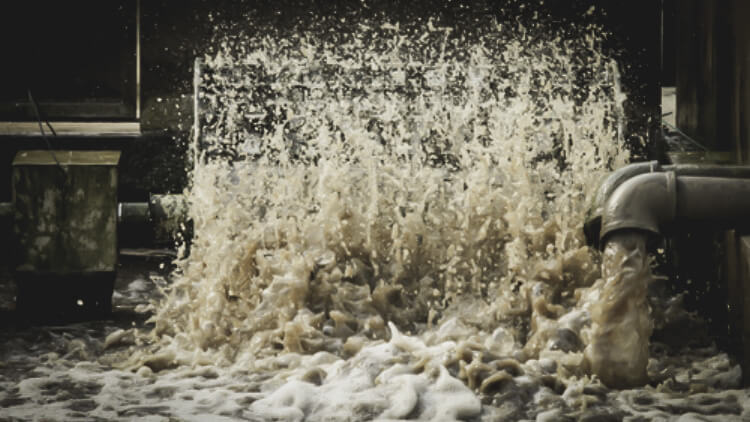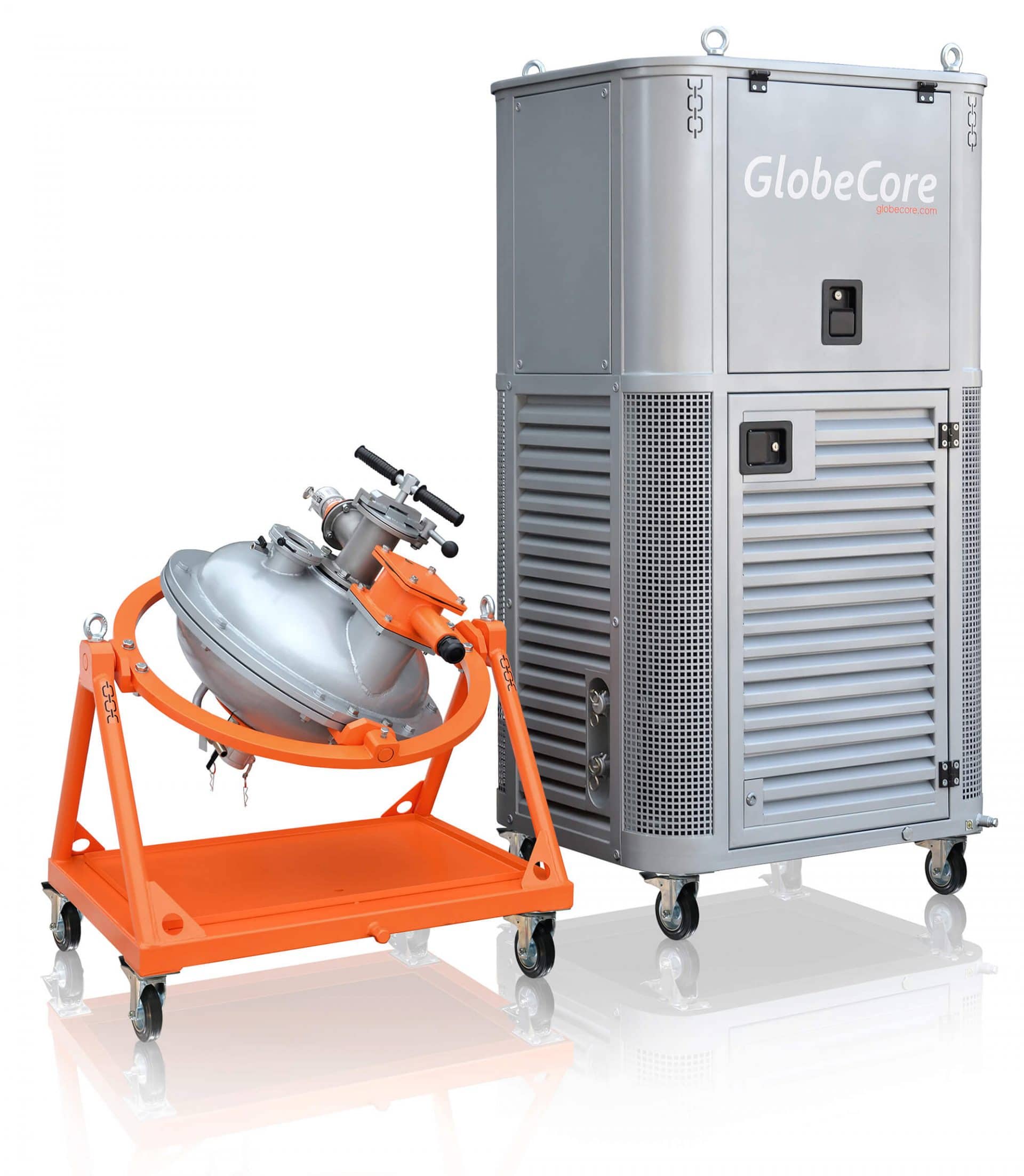Wastewater containing petroleum products are among the most difficult to neutralize.. Especially difficult for processing are wastewaters containing, in addition to petroleum products, metal shavings, sand, rags and other inclusions, both solid and liquid. Therefore, wastewater is very difficult to classify. In some cases, they are divided into types: “flammable” or “non flammable”.
For example, we received wastewater from one oil refinery
Composition of waste containing petroleum products
| Components | Units of measure | Batches | ||
| 1
Oil sludge |
2
Oil sludge |
3 Oil sludge |
||
| Water | % | 45,3 | 39,5 | 8,5 |
| Mechanic. impurities | % | 10,7 | 20,0 | 3,5 |
| Petroleum products | % | 44,0 | 40,5 | 88,0 |
| Incoming | tpm | 250-350 | – | – |
| In store | t | – | 5000 | – |
It is obvious that each batch cannot have the same processing technology even in one plant.
And it is very difficult to find an enterprise that could provide a successful wastewater treatment from petroleum products.
It is a common situation.Thus, in France, at one of the factories, the content of impurities after treatment was significantly higher than the standards.
The flow chart of the plant in Petit-Kuron is shown in Fig. 128 [150]. Wastewater containing petroleum products (I-IV) is degreased in blocks 103, 104 and collected in tank 106 in which they are averaged. From the reservoir 106, the water is flocculated with iron chlorosulfate and then separated on the flotation tank 108, and then the water enters the biofilter 109, then into the settler and goes to the discharge. The degree of purification is presented in Table 45.
The content of impurities after wastewater treatment at an oil refinery plant of the Sosiete Des Petroles “Shell” (France)
| Components | Sampling place | |
| After pressure flotation,
mg/l |
After secondary settler, mg / l | |
| Hydrocarbons | 3-10 | 3,8 |
| Suspensions | 10-18 | 18,2 |
| COD | 200 | 102 |
| VVM | – | 25 |
| Phenols | 5-6 | 0,29 |
| NH+ | 20-21 | 19 |
The data presented indicate a small depth of purification.
The resulting sludge is burned outside the plant. The collected oils and water form a poorly divided emulsions They amount to 2-3 thousand tons a year. Nothing is reported about their fate.
101, 102 – Collectors;
103,104 – Degreasing units;
105 – Filter;
106- Averaging reservoir;
107 – Additives tank;
108 – Flotator;
109 – biofilter;
110 – Sedimentation tank.
I-IV- wastewater;
V – Additive;
VI – Cationic polyelectrolyte;
VII – treated wastewater
shows a typical traditional system for neutralizing wastewater containing petroleum products, which does not provide for their recycling, and with difficulty (by no means always) is within threshold allowable concentration. Such technologies have their usual shortcomings:
- Multistage technological line.
- High material consumption, energy costs.
- Large production areas.
- Expensive additives.
- Filtering systems.
- Low productivity.
The AVS allows a kinetic type of substance transfer instead of a diffusion type, almost completely eliminates these drawbacks.


 AVS-100 Mixing Machine. ...
AVS-100 Mixing Machine. ... AVS-150 Chemical Mixing ...
AVS-150 Chemical Mixing ...